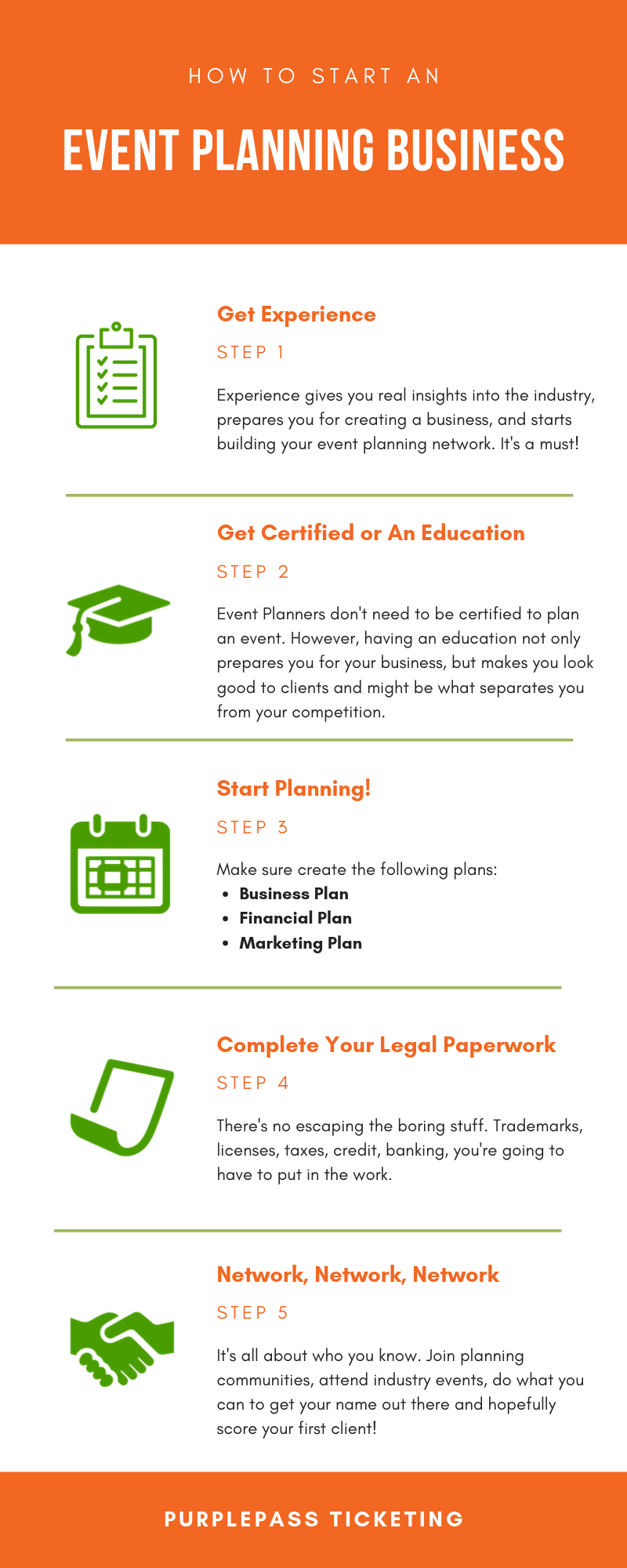
A Progression job pays an average salary of $1,605,712, ranging from a low of $1,415,436 to a high of $1,834,171. Salary amounts can be influenced by education and work experience but they can also vary. See the table below to get an idea of the Progression Salary Range. The type of job and its location will affect the salary.
Install pay tables
Pay grade step tables define how employees are paid at different pay grade levels. These tables provide information about how employees are paid for working hours and days in each pay category. These tables can be updated manually or automatically. You can set these tables with the base rate and the step rate, or you can set the step rate to apply to all employees.
You can set up pay tables based on a specific job title and a specific pay grade. Based on this information, you can create a new work group. It is also possible to build a new progress work group using existing pay grades.

Process step progression information
Payroll software solutions can help you automatically process employee steps progression information. In order to do this, you must set up your system to process employee step progression and enter job-level parameters. Next, create groups with employees at the same job level and in the same step. This will ensure that step progression information is always up-to-date.
Once you have created a step-progression timeline, you can run the Timecard Revisions Report and approve it manually or automatically. You can view the totals and grand totals for each employee with job-step progress. The original timecards can be viewed as well the timecards updated during the step progression process.
Create employee groups to process step progression information
When establishing job step progression requirements for employees, it is essential to create employee groups. These groups will identify employees who meet the necessary requirements for their jobs. Only then, can they be promoted to the next career level. You can create employee groups and set up job progression information specific to your company.
It is possible to create employee groups according to how long it takes for each job to be completed. Employee A must work at most 500 hours to advance to the next level. Employee B must work more than 1000 hours to be promoted to the next level. Employees C and D must work for no less than 90 days. The steps involved in setting up these groups will depend on whether the groups are to be based on daily or hourly requirements. In most cases, employees with different job levels are not placed into the same group.

List of professional achievements
While it's common to include general achievements on your CV, it's also worth highlighting achievements that are specific to your industry. A person who works in IT might highlight the fact that he or she has managed digital projects. Academic awards and publications might be included by someone working in the academic sector.
Talking in the employer's language is key to a strong resume. Focus on the job you are applying for and highlight your accomplishments, as well as your transferable skills. This can include any award or scholarship that demonstrates academic excellence, or an achievement that increases sales by 10% in three months.